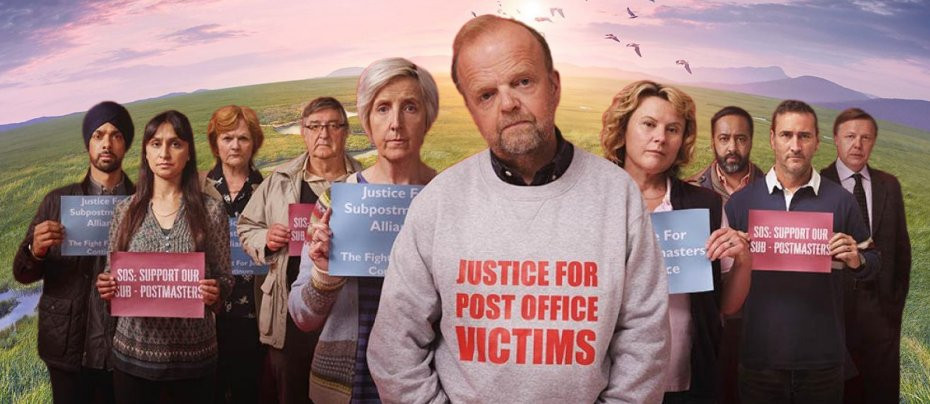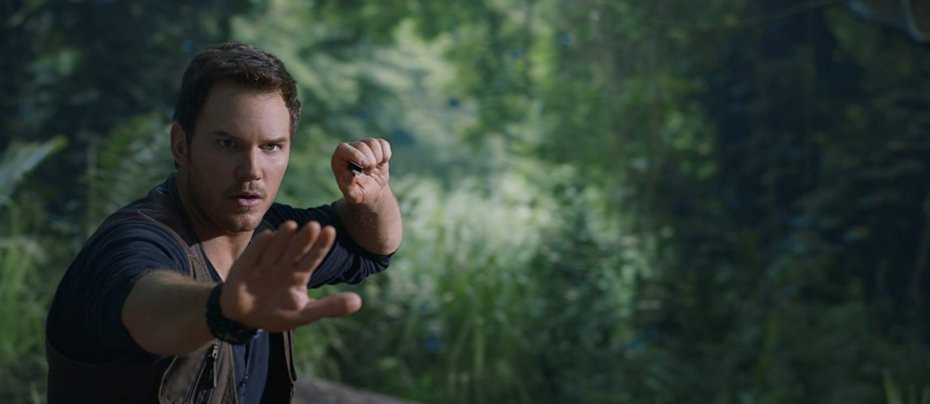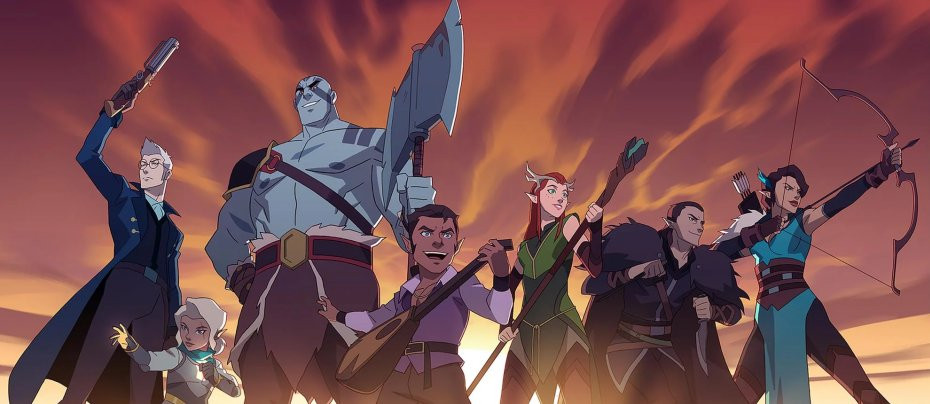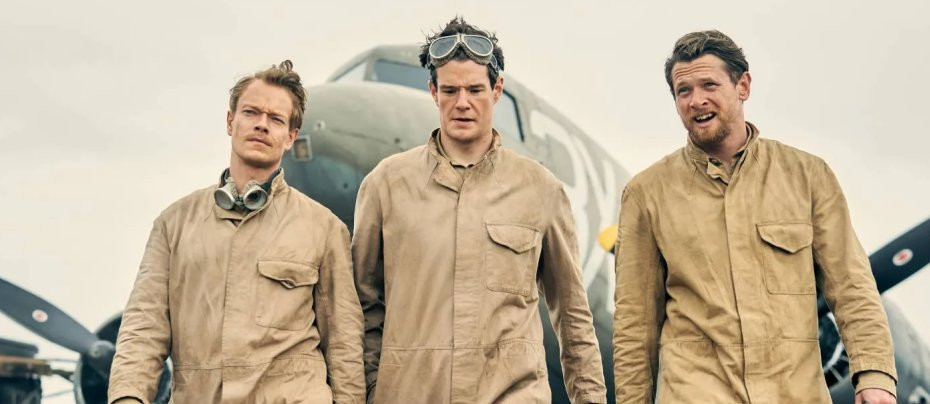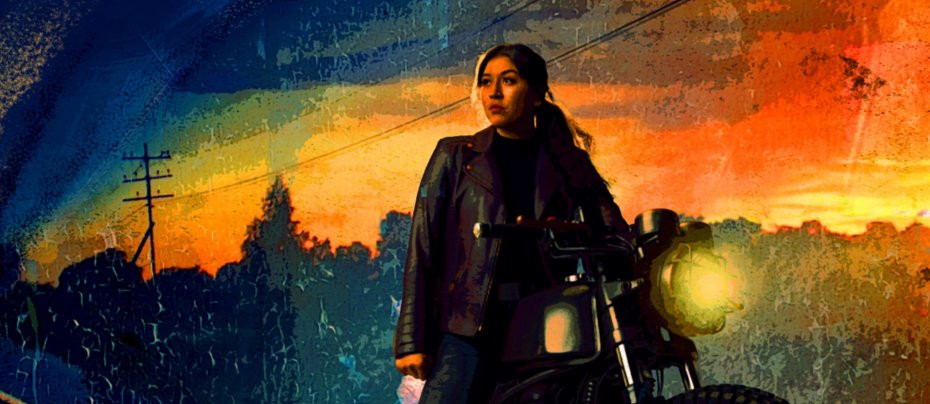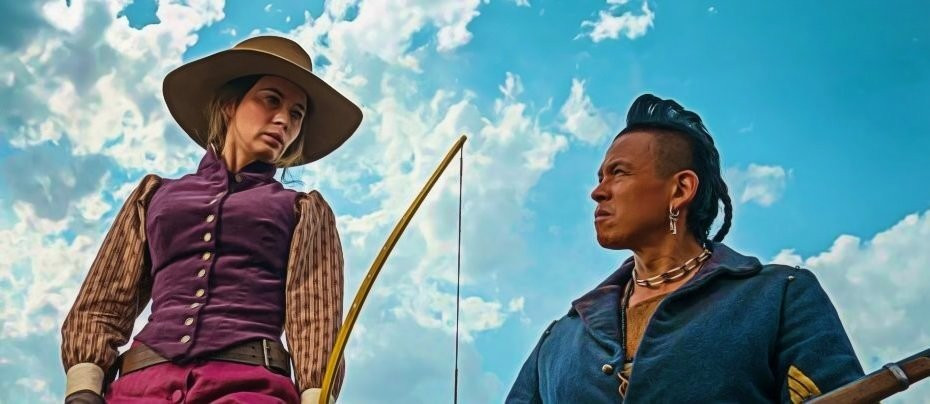
The English
2022 - Uk UsaReview by John Winterson Richards
It might take at least two viewings of The English to appreciate it properly. This is no great hardship because its visual appeal makes the BBC/Amazon miniseries one of those rare shows one can rewatch immediately and find in it clever details one did not notice before. However, there still remain many points that seem unclear or unresolved. To what extent this is deliberate only the British writer-director Hugo Blick can say.
Set in 1890, it is essentially a Western road movie reminiscent of the wonderful Lonesome Dove, a comparison that honours both. At first glance the plot seems formulaic: a Pawnee scout, just retired from the US Cavalry, rescues a naive English Lady in passing. She is seeking revenge but clearly out of her depth in the West, so he agrees, reluctantly, to escort her a little further.
We think we know where we are going from here and to an extent we are right. In accordance with standard tropes, he drops a bit of the old Indian wisdom on her, she becomes stronger and savvier, they develop feelings for each other, and he ends up getting more involved than he intended. Yet The English is determined not to go where it is going by obvious paths. All is not as it first appears and nothing really turns out as we expect.
It is a statement of its determination to be a quality product that Lady Cornelia Locke is played by the ever classy Emily Blunt, who also serves as an Executive Producer. Although Blunt has proved she can play strong women, she is on record as being fed up with recent stereotypes (see our article on The Rise and Fall of the Female Action Hero). So here she shows how it should be done. Lady Cornelia starts out as a bit of an idiot, an actual victim. Yet she learns from her mistakes and finds an inner strength she did not knew she had. She grows and develops as a character. It is almost inevitable these days that she still gets a "girl boss" moment when she rescues the male hero, but not in a way that diminishes him, and, more importantly, by that point it is earned and we cannot help cheering her for it. She remains a vulnerable woman, particularly vulnerable in fact, and never forfeits our sympathy.
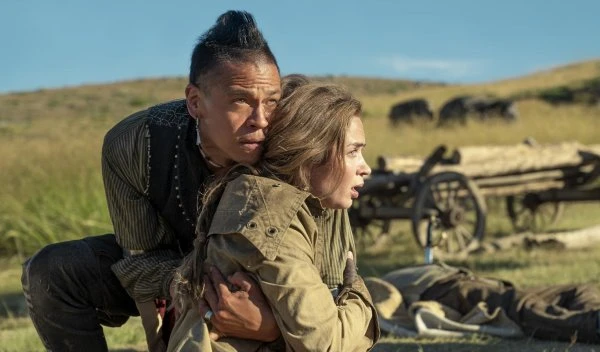
It is no surprise that Blunt is excellent. She always is. The surprise is that her co-star, Chaske Spencer, previously best known for his participation in the Twilight films, which is hardly a great recommendation, is even better.
Spencer ignores all the "noble savage" cliches we have come to expect of American Indian characters and plays First Sergeant Eli Whipp, aka Wounded Wolf, as a practical, down to earth, middle-aged bloke who happens to be Pawnee. Although he could not have aspired to higher rank at the time, one feels Sergeant is nevertheless his natural level: he is not a magnetic leader figure, but one could imagine him as a thoroughly reliable NCO one would definitely want in one's platoon. It is noticeable that it takes other characters, especially Lady Cornelia, to give him direction. Left to himself his instinct is to stay out of what is not his business - but, as with John Wayne and Clint Eastwood, we know what is going to happen when a Western hero says that.
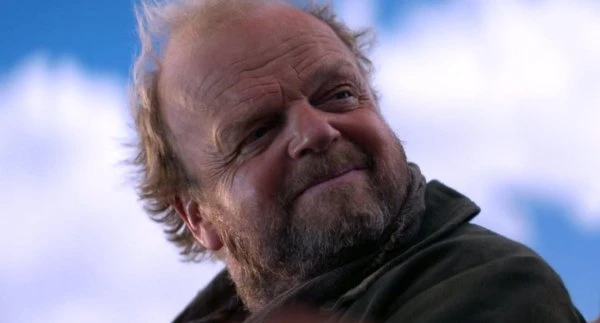
Whipp is a thoroughly realistic and believable character, the calm centre of a world populated by eccentrics. Most of the most eccentric are played by distinguished British and Irish actors. Rafe Spall enjoys himself as a psychopathic businessman who could almost be a figure of fun were there not something uncannily terrifying about his unpredictability. Toby Jones and Ciaran Hinds are also predictably effective in guest roles in the first episode. Nichola McAuliffe has fun with a creditable Welsh accent. When we first meet Tom Hughes' arrogant aristocrat and Stephen Rea's amiable but possibly corrupt Sheriff we assume once again that know where we are going with them - and once again we are wrong. Both actors are allowed to reveal that there are layers to their characters and we never quite make up our minds about either.
The whole thing looks absolutely gorgeous. Arnau Valls Colomer is credited officially as cinematographer rather than the more usual director of photography, and rightly so because the exteriors in particular look positively cinematic while the interiors show a rare understanding of period lighting. You could put prints of some of his wide shots on your wall. Although there was apparently some location work in, appropriately, Pawnee, Oklahoma, for the most part Northern and Central Spain - not the Spaghetti Western country of Andalusia in Southern Spain as some reports state incorrectly - stand in effectively for Kansas, Nebraska, and Wyoming.
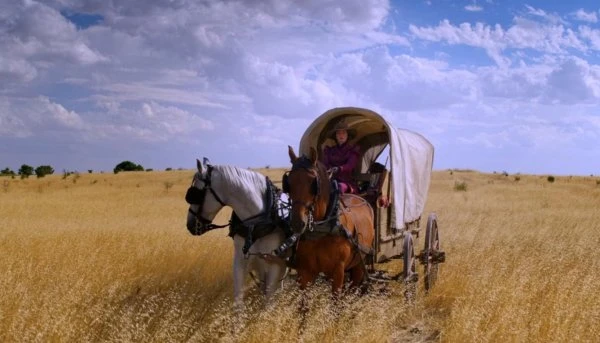
The photography also reflects a number of shifts of style and tone in the project. At first it seems we are in for a soapy romance - happily, this does not last. We then get a lot of the almost obligatory Spaghetti Western references, both visual and musical, Once Upon a Time in the West evidently a particularly strong influence. There is also lot of the grimy yet lyrical counterculture Westerns that were fashionable in the late Sixties and early Seventies, and even more of the stylised, studiously off-beat anti-Westerns of recent years like The Assassination of Jesse James by the Coward Robert Ford, Slow West, and The Sisters Brothers.
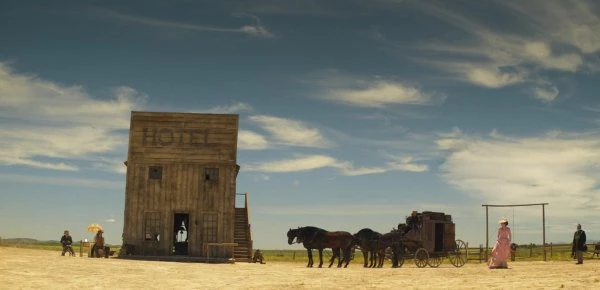
The eclectic soundtrack reflects these shifts of style and tone very effectively, especially when the original score by Frederico Jusid references Ennio Morricone during the Spaghetti Western sequences and John Barry at his most string section-heavy during the more romantic interludes.
The historical veracity of the script is variable. Someone obviously did their research, and there are some depressingly accurate details about the Sand Creek and Fetterman Massacres, but some other points might be questioned. While it is a joy to see the legendary Sharps rifle fired at distance from the supine position popular with expert marksmen in the 19th Century, all credibility is lost when a Gatling gun is fired downwards from the saddle of a horse!
Above all it must be noted that by 1890, the year the Frontier was officially closed, the West, while still harsh and dangerous, was not really that violent. The Battle of Wounded Knee later that year marked the effective end of the Indian Wars and the few surviving outlaws were memorable because they were exceptional: the telegraph made it relatively easy to track them down. The books of Herbert Asbury show how you were more likely to be the victim of a serious crime in a big city like New York than in the "Wild" West (see our review of Deadwood).
As with many recent Western projects, the storytelling is sometimes too deliberately quirky. Important events happen offscreen, and plot and character arcs in which we have become invested are left apparently forgotten. While it is true that real life is like that, it is still irritating in terms of dramatic narrative. Even if it was a deliberate choice, it comes across as sloppy editing. The ending is honest but unsatisfying. There is also a bit of the currently fashionable heavy-handed politics, with Lady Cornelia feeling a bit of anachronistic white guilt at the fate of American Indians and some misjudged class references (the son of a Peer would not correct anyone who addressed him as "Mister"). However, the script does deserve some credit for not taking a traditional ranchers versus homesteaders conflict in the obvious direction.
These imperfections keep The English just those few inches short of the greatness of Lonesome Dove. Yet it remains worthy of the comparison and deserves the status of a modern classic in its own right.
Seen this show? How do you rate it?
Seen this show? How do you rate it?
Published on May 9th, 2024. Written by John Winterson Richards for Television Heaven.


